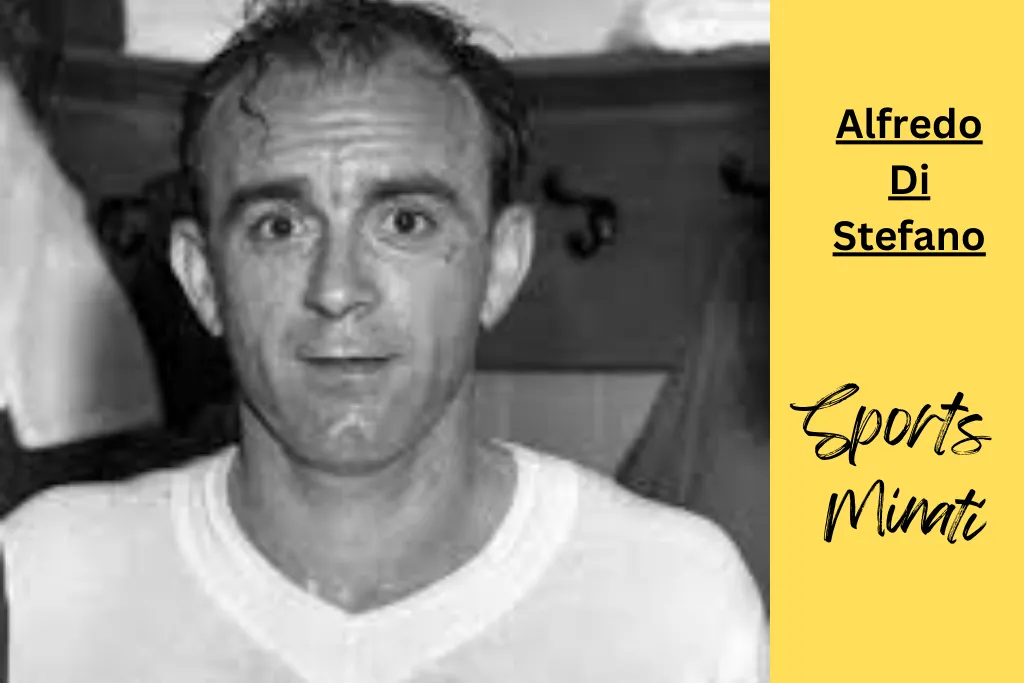
Alfredo Di Stefano
In the pantheon of football legends, Alfredo Di Stefano occupies a unique and revered position as a player whose influence transcended borders, eras, and playing styles. Born on July 4, 1926, in Buenos Aires, Argentina, Di Stefano’s career spanned decades and continents, leaving an indelible mark on the sport through his versatility, intelligence, and unmatched ability to dominate matches.
Early Career and Rise to Prominence
Di Stefano’s journey to footballing greatness began in Argentina with River Plate, where he quickly established himself as a prodigious talent. His dynamic playing style, combining speed, vision, and an eye for goal, caught the attention of European clubs, leading to a move to Colombian side Millonarios and later to Real Madrid in 1953.
Real Madrid and European Dominance
It was at Real Madrid where Di Stefano solidified his reputation as one of the greatest players of his generation. His tenure with the club coincided with an unprecedented period of success, as Real Madrid dominated both Spanish and European football. Di Stefano’s leadership on the pitch, tactical acumen, and ability to score crucial goals in big matches propelled Real Madrid to five consecutive European Cup titles from 1956 to 1960, an achievement unmatched in the history of the competition.
Playing Style and Versatility
Di Stefano was renowned for his exceptional versatility and all-around ability. Operating primarily as an attacking midfielder or center-forward, he possessed a unique combination of technical skill, tactical awareness, and physical prowess. Di Stefano’s ability to dictate the tempo of matches, orchestrate attacks, and score goals from various positions made him a nightmare for opposing defenders and a true maestro of the game.
International Career and Legacy
While Di Stefano never had the opportunity to showcase his talents in a FIFA World Cup due to Argentina’s withdrawal from the 1950 tournament and his subsequent acquisition of Spanish citizenship, he represented Spain in international competitions. His impact on Spanish football and his contributions to Real Madrid’s success elevated him to legendary status both in Spain and worldwide.
Coaching and Later Life
After retiring from playing, Di Stefano embarked on a coaching career, where he continued to impart his knowledge and passion for the game. He managed several clubs in Spain and South America, leaving a lasting influence on the development of football tactics and player development.
Cultural Impact and Recognition
Off the field, Di Stefano’s humility, professionalism, and dedication to the sport earned him admiration and respect from fans, players, and coaches alike. He remains a cultural icon in both Argentina and Spain, revered for his contributions to football and his enduring legacy as a pioneer of modern footballing tactics.
Conclusion
Alfredo Di Stefano’s impact on football transcends statistics and trophies. His ability to innovate, lead by example, and elevate the game to new heights cemented his status as one of football’s true giants. As the sport continues to evolve, Di Stefano’s name remains synonymous with excellence, a testament to his enduring legacy as the architect of modern football and a source of inspiration for generations of players and fans around the world.



